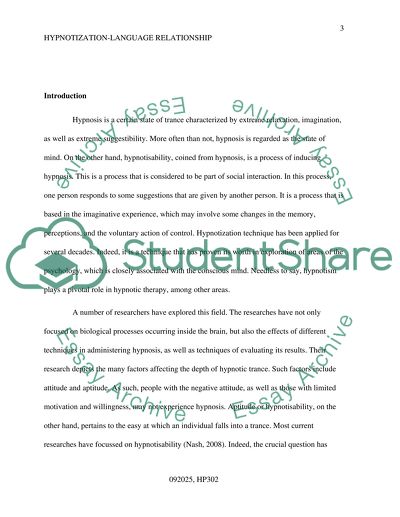Cite this document
(“The Relationship between Hypnotisation and the Language Employed Dissertation”, n.d.)
Retrieved from https://studentshare.org/psychology/1398144-the-relationship-between-hypnotisation-and-the-language-employed
Retrieved from https://studentshare.org/psychology/1398144-the-relationship-between-hypnotisation-and-the-language-employed
(The Relationship Between Hypnotisation and the Language Employed Dissertation)
https://studentshare.org/psychology/1398144-the-relationship-between-hypnotisation-and-the-language-employed.
https://studentshare.org/psychology/1398144-the-relationship-between-hypnotisation-and-the-language-employed.
“The Relationship Between Hypnotisation and the Language Employed Dissertation”, n.d. https://studentshare.org/psychology/1398144-the-relationship-between-hypnotisation-and-the-language-employed.


